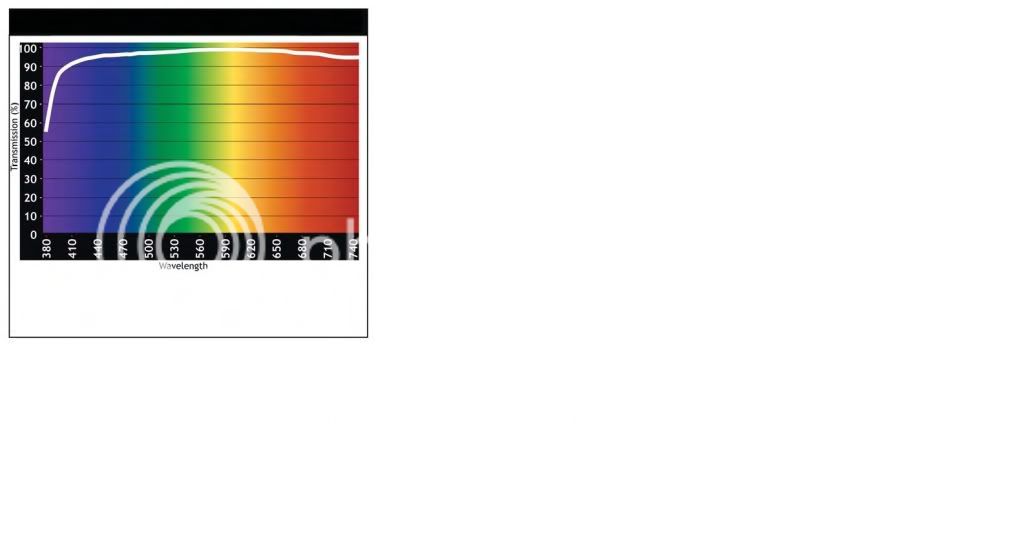Uncle Bob
Enlightened
I've searched the forum but can't find any useful answer why one is better than the other. I suspect both can scratch. Glass can break. Plastic might melt. What am I missing here? 
 Help Support Candle Power Flashlight Forum
Help Support Candle Power Flashlight Forum
I've searched the forum but can't find any useful answer why one is better than the other. I suspect both can scratch. Glass can break. Plastic might melt. What am I missing here?
T
-Lexan/polycarbonate/plastic is lighter and more impact resistant, but can be melted by a high-power light, or even a moderate power light (Surefire 6P for example) that is left on in an enclosed area (or bezel down) without the ability for air to move and cool it off.
I have heard that leaving P60 LA on for the full duration of the battery life will cause the lexan to turn soft and warp if your not careful even in an open environment...but Surefire still use it on the G2/6P last I know
Another problem with plastic lens is that they do discolor with age turning somewhat opaque, allowing less light through the lens.
A look at any plastic automotive headlight from a car more than 3-4 years old would give you an idea.
Is it a matter of age or exposure to sunlight? My lights don't see much daylight. They're out at night. :thinking:
Is it a matter of age or exposure to sunlight? My lights don't see much daylight. They're out at night. :thinking:
Another problem with plastic lens is that they do discolor with age turning somewhat opaque, allowing less light through the lens.
A look at any plastic automotive headlight from a car more than 3-4 years old would give you an idea.
